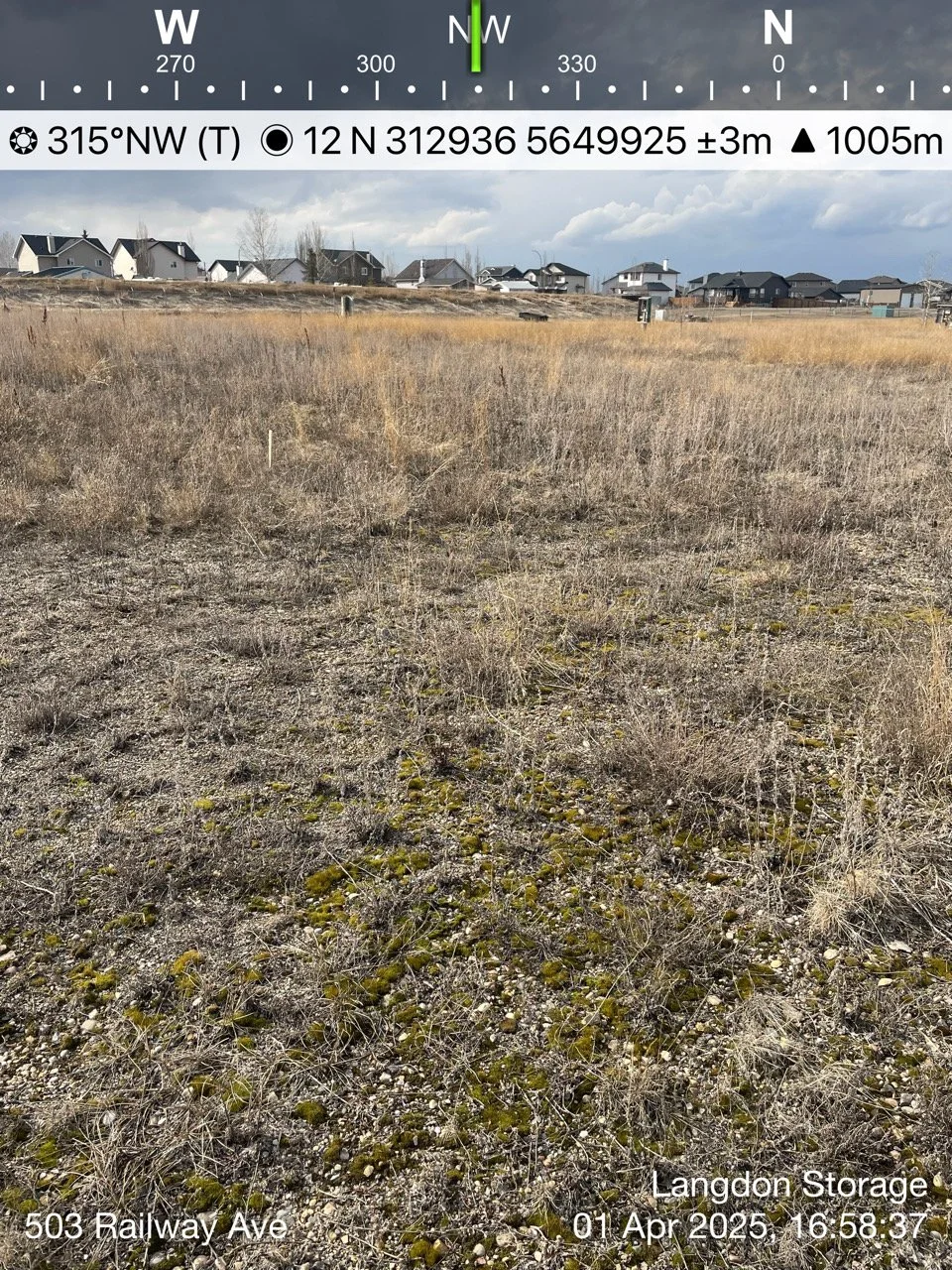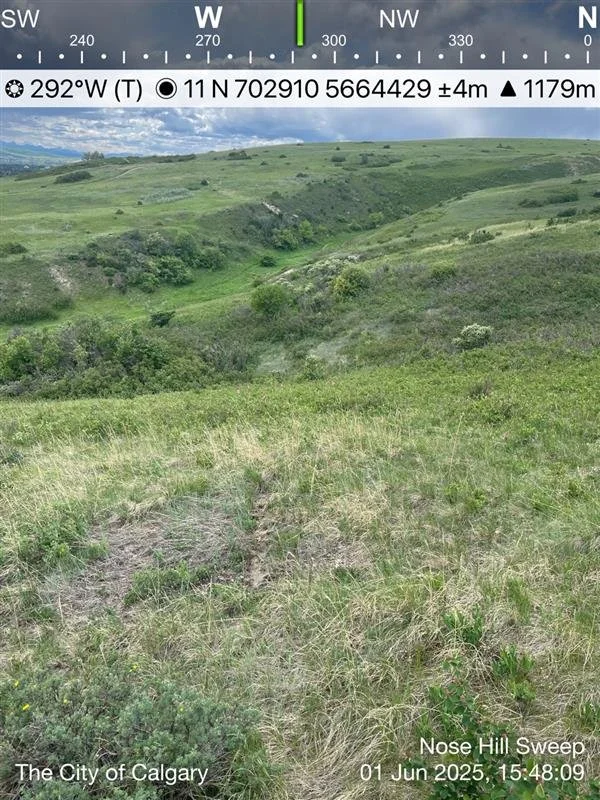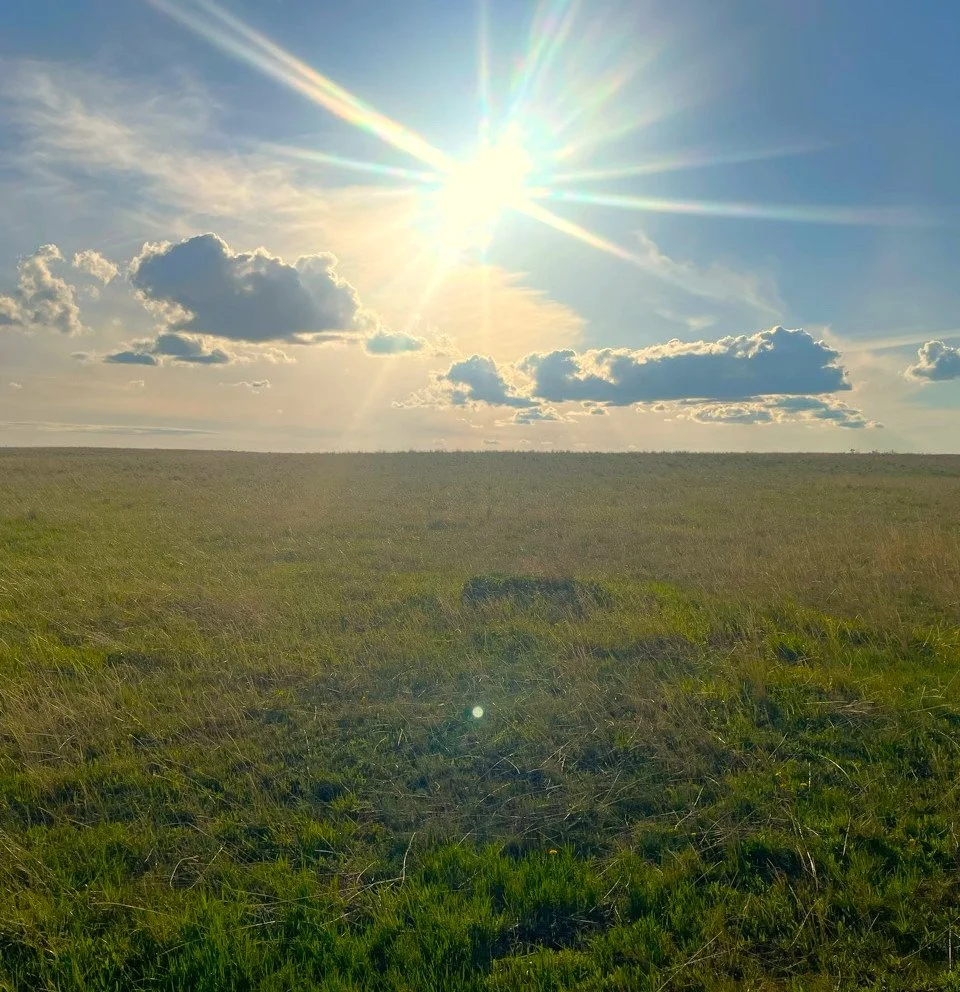Soil Bioengineering Services
Nature-Based Stabilization, Restoration, and Planning
At Ethos Enviro, we provide science-based soil bioengineering services tailored to slope stabilization, erosion control, and ecological restoration. Using live plant materials, natural structures, and strategic site planning, we help clients achieve both structural integrity and environmental resilience. Whether you’re restoring a disturbed site or managing a challenging slope, our team builds solutions that work with nature, not against it.
What Are Soil Bioengineering Services?
Soil bioengineering is the application of living plant materials and natural techniques to stabilize soil, control erosion, and restore disturbed land. It offers a sustainable alternative or complement to traditional engineering approaches by enhancing ecological function while solving structural challenges.
At Ethos Enviro, our Soil Bioengineering Services focus on:
Designing and implementing erosion and slope stabilization systems using live staking, brush layering, and fascines
Using native vegetation and soil-based structures to reinforce slopes and streambanks
Supporting habitat recovery and watershed health in both rural and developed areas
Integrating site-specific bioengineering into larger restoration and reclamation projects
-
We specialize in planning and implementing systems that reduce erosion and maintain slope integrity using natural, plant-based methods. Our work includes:
Live staking and brush layering on exposed slopes
Coir rolls, wattle fences, and vegetated geogrids
Toe protection using vegetated techniques
Soil lifts and terracing for long-term stabilization
These methods are especially effective in areas affected by runoff, grading, or development and provide both structural support and ecological value.
-
Water-adjacent areas are particularly vulnerable to erosion. We offer streambank stabilization solutions that preserve water quality and habitat integrity:
Bio-armoring with vegetation and biodegradable geotextiles
Root-based anchoring of streambanks
Riparian zone restoration using native shrubs and grasses
Buffers to slow flow and capture sediment
Our designs promote natural hydrology and long-term resilience while supporting fish and wildlife habitat.
-
Our bioengineering services often intersect with larger restoration goals. We create vegetative systems that enhance biodiversity and rebuild functional ecosystems:
Reintroduction of native species to disturbed areas
Pollinator-friendly plantings that support ecological networks
Integration with wildlife corridors and rare plant surveys
Planning for climate-adapted vegetation zones
This approach aligns with our broader restoration and reclamation services, ensuring soil stability and ecological recovery go hand in hand.
-
Soil bioengineering isn't just for natural spaces; it plays a critical role in planning and development. We support landowners, developers, and infrastructure planners by:
Integrating bioengineering techniques into erosion and sediment control plans (ESC)
Designing green buffers for construction zones
Enhancing site aesthetics and reducing long-term maintenance costs
Supporting regulatory approvals and permitting with defensible plans
We work alongside engineering teams, planners, and regulators to ensure our solutions meet compliance and design standards.
-
Successful bioengineering requires ongoing monitoring. We provide guidance and support to help ensure systems perform as designed:
Vegetation establishment tracking and replanting as needed
Erosion and slope performance assessments
GIS-based progress mapping and photo documentation
Post-construction reporting for regulators or stakeholders
Our long-term perspective ensures clients see value well beyond installation.
Our Soil Bioengineering Services
Past projects
-

Langdon Storage Project, 503 Railway Avenue, Langdon
Langdon Storage Project, 503 Railway Avenue, Langdon, AB - Erosion and Sediment Control Plan (2025)
-

W4M Well Site Revegetation and Invasive Species Control Plan
15-14-43-0-12 W4M Well Site Revegetation and Invasive Species Control Plan - Restoration and Revegetation (2025)
-

Genesee Generating Station (Genesee Mine)
Genesee Generating Station (Genesee Mine) 50455 Hwy 770, Warburg, AB - Revegetation and Reforestation (2017)
Who We Work With
Our soil bioengineering services support a range of clients and projects, including:
Developers and landowners addressing slope or runoff risks
Municipalities managing erosion along roads or water bodies
Energy and infrastructure projects requiring green stabilization solutions
Restoration and conservation organizations with habitat objectives
Agricultural or rural clients seeking nature-based site protection
We tailor every project to match your site conditions, timeline, and environmental goals.
Our Approach to Soil Bioengineering
Site-Specific Planning
We evaluate slope, soil type, water flow, and local ecology to develop tailored strategies that will hold up over time.
Resilience & Function
We design systems that grow stronger with time, enhancing soil retention, biodiversity, and long-term landscape health.
Natural Materials, Native Plants
We use locally adapted plant species and biodegradable materials to maximize ecological compatibility and reduce future disruption.
Regulatory-Aware Design
From Water Act compliance to ESC approvals, we prepare site plans and documentation that align with environmental regulations.
Frequently Asked Questions About Soil Bioengineering Services
-
Soil bioengineering is the use of live plant materials and natural techniques to stabilize soil, prevent erosion, and support ecological restoration.
-
Unlike hard infrastructure like riprap or concrete walls, bioengineering relies on vegetation and organic structures to achieve both stability and ecological benefits.
-
It’s ideal for slopes, riverbanks, ditches, construction sites, and disturbed lands where erosion is a risk or where habitat restoration is needed.
-
Ethos Enviro provides consulting, design, and planning for bioengineering projects. We work closely with implementation teams and support post-installation monitoring.
-
We select native species adapted to local conditions, shrubs, grasses, and trees that offer deep-rooting systems, seasonal growth, and soil-binding properties.
-
Yes, it is often encouraged as a best practice for erosion control and restoration. We ensure our plans meet all relevant regulatory guidelines.
-
By reintroducing native vegetation and stabilizing degraded land, bioengineering helps restore ecological function, improve habitat, and protect water quality.
-
We support developers, municipalities, energy companies, conservation organizations, and private landowners needing eco-focused stabilization solutions.
-
Absolutely. We often incorporate soil bioengineering into broader restoration and reclamation plans that address vegetation, wetlands, and wildlife habitats.
-
Reach out to schedule a site review or consultation. We'll assess your goals and develop a custom soil bioengineering plan aligned with your project needs.
Contact Us
Interested in working together? Fill out some info and we will be in touch shortly.



